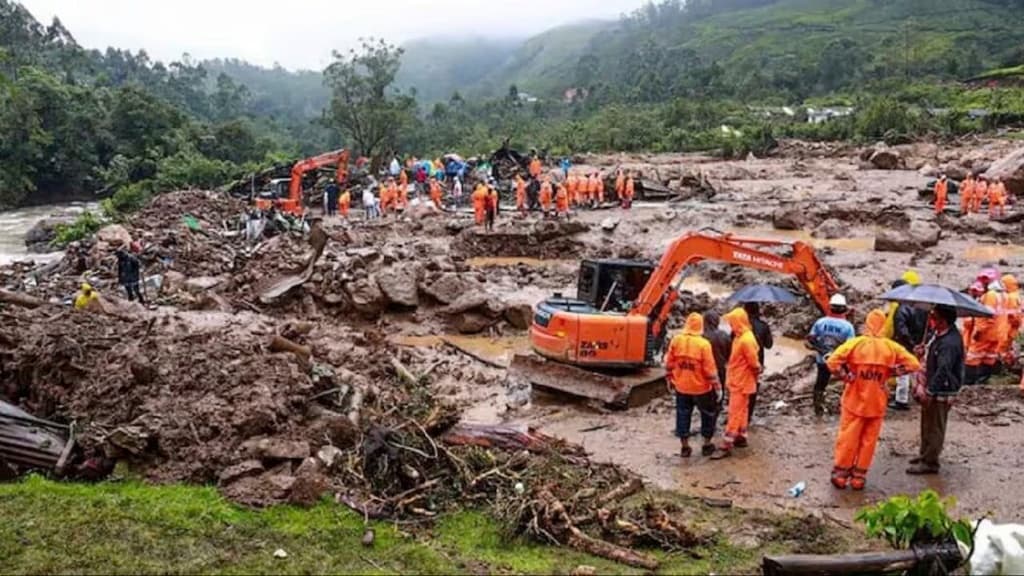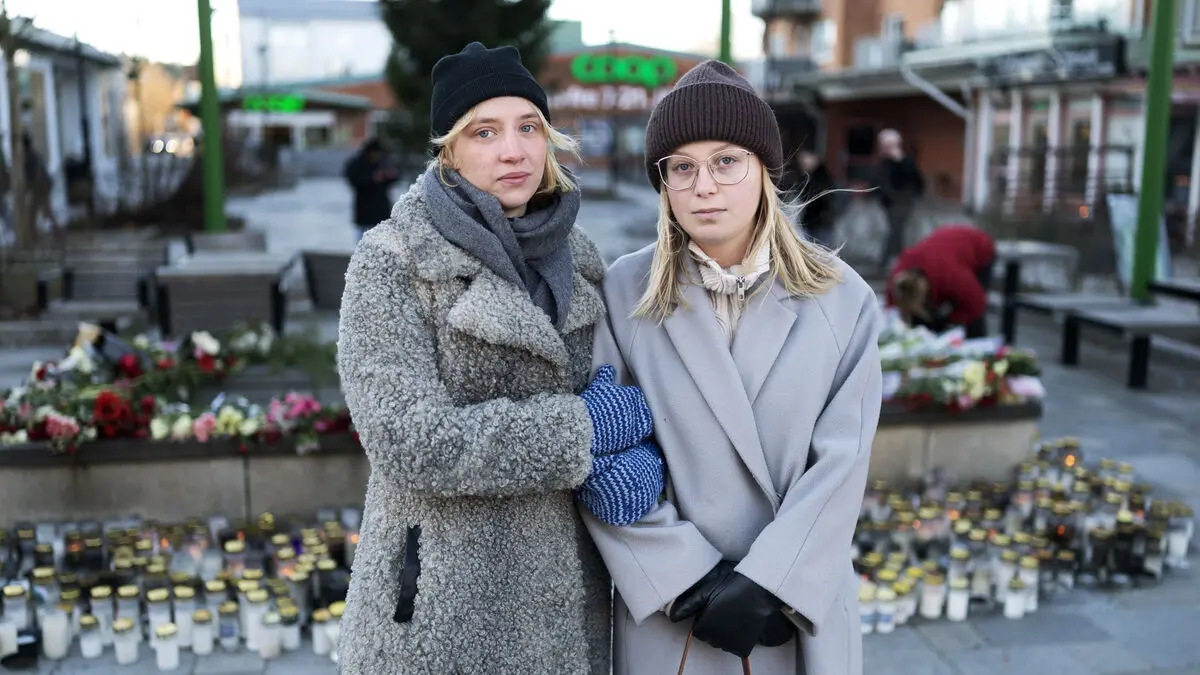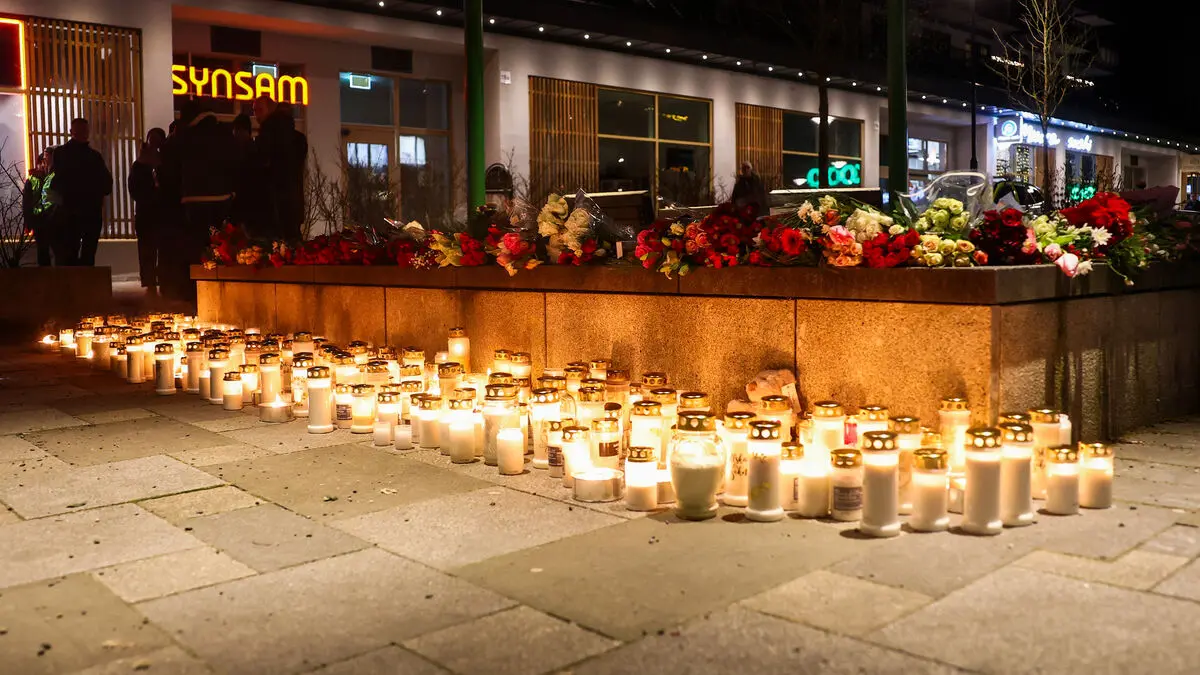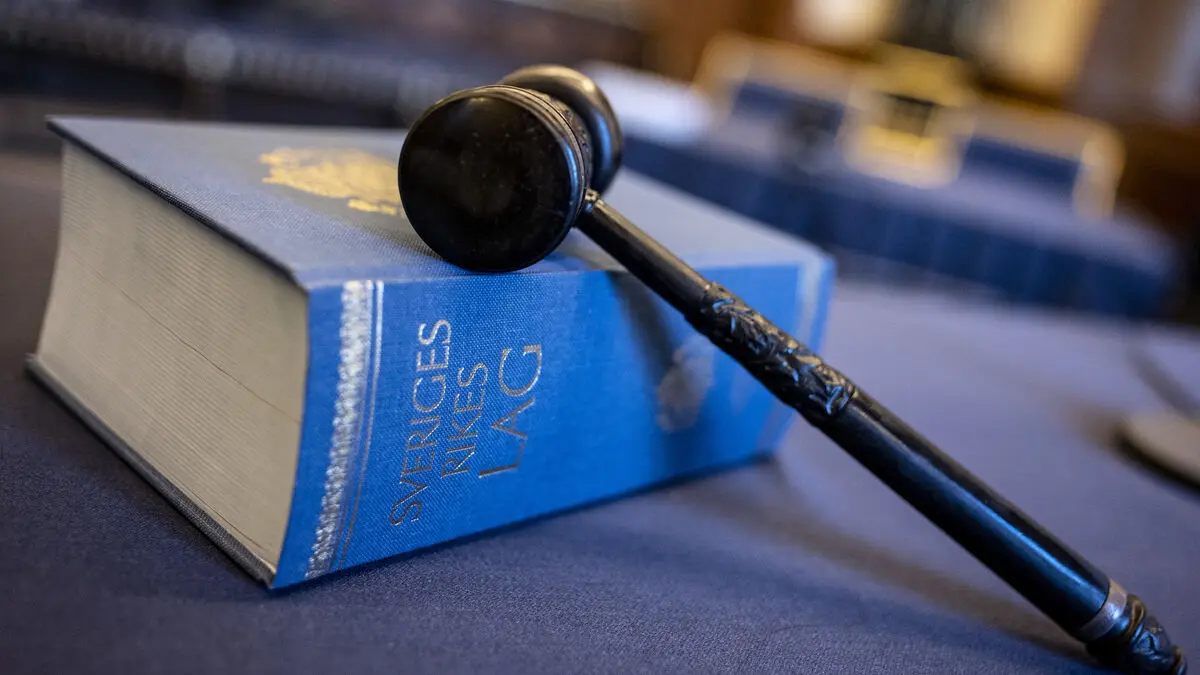A massive rescue effort is underway to try to rescue some of the hundreds of people buried under the earth masses.
More than 200 soldiers have been sent to the disaster-stricken area of Wayanad to help with search and rescue efforts.
Around 130 people are being cared for in hospitals.
A collapsed bridge has complicated the rescue efforts, which have been ongoing since early Tuesday morning local time.
This is one of the worst natural disasters our state has been hit by, says Kerala's Chief Minister Pinarayi Vijayan at a press conference.
Kerala has been hit by heavy rainfall in recent days. According to India's Meteorological Institute, nearly 280 millimeters of rain have fallen in just one day, and more is expected.
Monsoon rains are a natural part of the local climate, but according to researchers, the rains have become more unpredictable. The amount of precipitation has also increased, leading to more landslides and floods.
Researchers also warn that intensive housing construction in flood-prone areas can have catastrophic consequences.
In a report from 2013, it was proposed that a third of the current mountainous regions in Western Ghats should be classified as ecologically sensitive areas with limited construction, but the recommendations have not been followed.
Earlier this summer, intense monsoon rains led to flooding in large parts of Bombay (Mumbai).
In Kerala, at least 25 people were killed in floods and landslides in 2021. A few years earlier, in 2018, nearly 500 people were killed in the worst flood to hit Kerala in nearly a hundred years.





